Conservation Florida and Florida Department of Environmental Protection Conserve 1,285 Acres in the Florida Wildlife Corridor, Connecting Network of Protected Lands
Photo by Gabriela Tejeda, @gabtejeda
Lightsey Family Ranch Property Connects Network of Conserved Lands and Further Protects Fisheating Creek
VENUS, Fla. (February 28, 2024) — Today, Conservation Florida announced the permanent protection of 1,285 vital Highland County acres within the Florida Wildlife Corridor, a project that extends protection far beyond its property lines.
Surrounded on all sides by conserved lands, including the renowned research center Archbold Biological Station, the 1,285-acre Lightsey Family Ranch property remained a critical conservation focus point to ensure an interconnected landscape for wildlife like the Florida panther and black bear, while also further protecting Fisheating Creek.
Fisheating Creek, the only free-flowing water source to Lake Okeechobee, runs more than 40 miles through sweeping swamps and is a vital life source to many special species, including the bald eagle.
Conservation Florida worked diligently to protect this property since May of 2021, partnering with landowners Lee and Tracy Lightsey and the Florida Department of Environmental Protection (FDEP).
These 1,285 acres protecting Fisheating Creek will remain forever restricted from residential and commercial development.
“We are incredibly grateful to bring another crucial piece of Florida into permanent protection status thanks to the Lightsey Family, our partners at FDEP, and our supporters,” said Conservation Florida CEO and President Traci Deen. “This land will always stay green and furthers our work to connect a functional Florida Wildlife Corridor — and we are proud of that.”
“Partnering with Conservation Florida to permanently protect this property has been a great experience,” said landowner Lee Lightsey. “It was an honor for me and my family to see the land that we love and call home conserved.”
The project falls under the Blue Head Ranch Florida Forever boundary and was one of the last remaining links to create a network of protected lands to make it possible for wide-ranging species to travel and thrive. Connected, protected lands are stronger than together, strengthening an ecosystem’s biodiversity and protecting from fragmentation.
“The protection of Lightsey Family Ranch further connects the Florida Wildlife Corridor, linking critical green landscapes and wildlife habitats,” said Florida Department of Environmental Protection Secretary Shawn Hamilton. “We’re grateful for our partners, like Conservation Florida, and their shared commitment to protecting wild Florida for future generations.”
The property, composed of 435 acres of wetlands and 850 acres of uplands, is home to the threatened Sandhill crane and cutthroat grass as well as alligators, gopher tortoises, and wild turkeys. Landowner Lightsey has also spotted Florida Grasshopper sparrows, burrowing owls, Crested caracaras and celestial lilies.
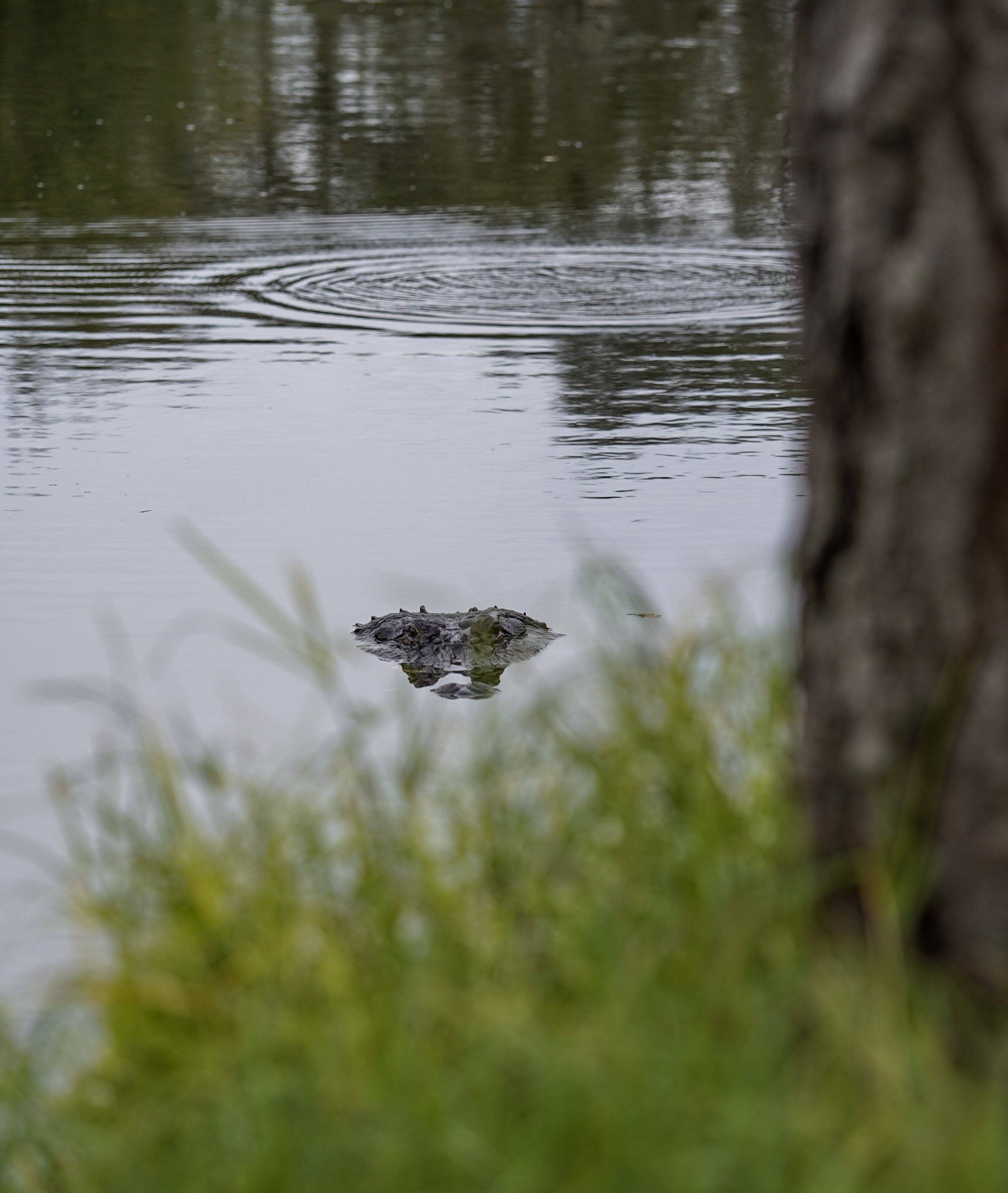
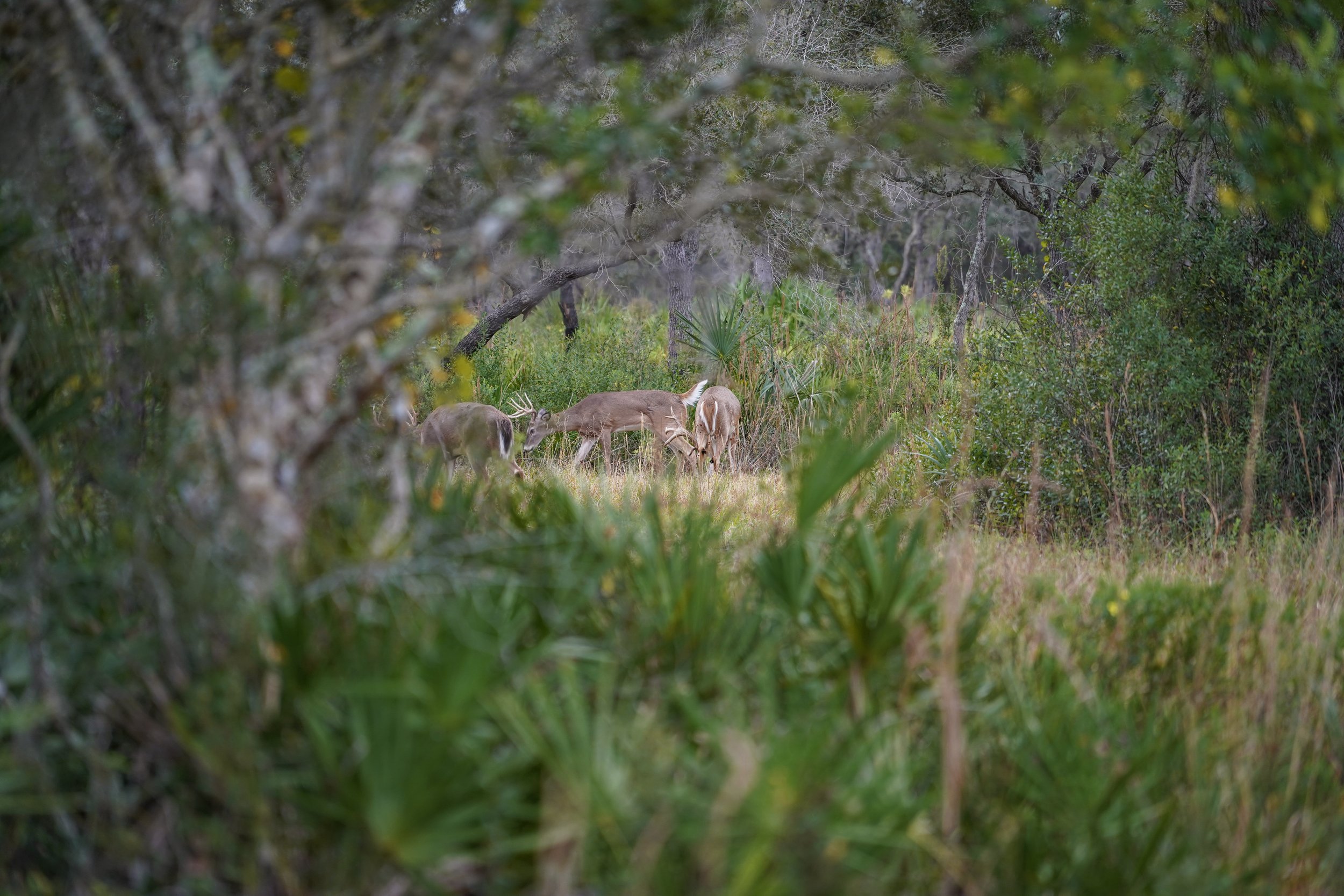
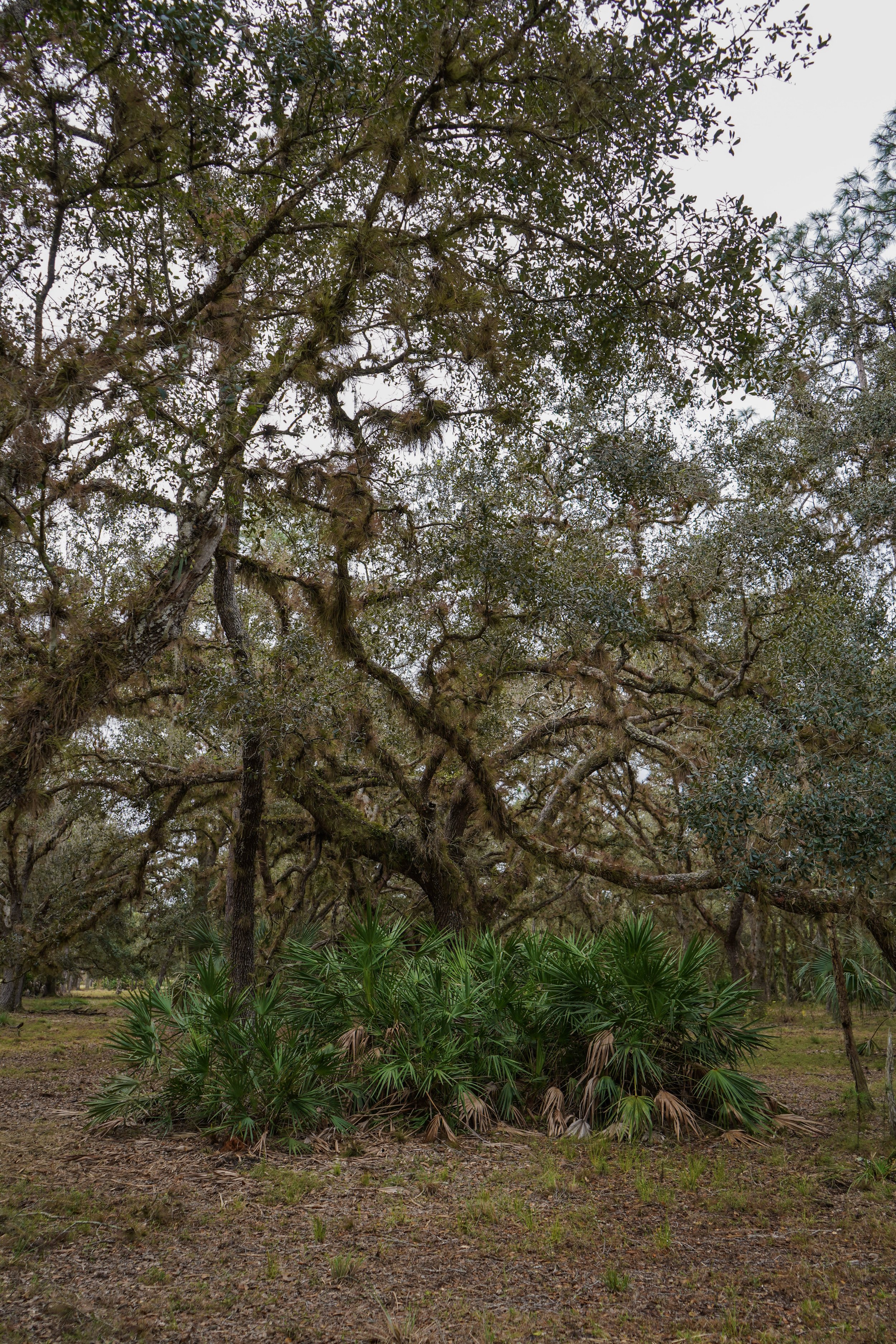
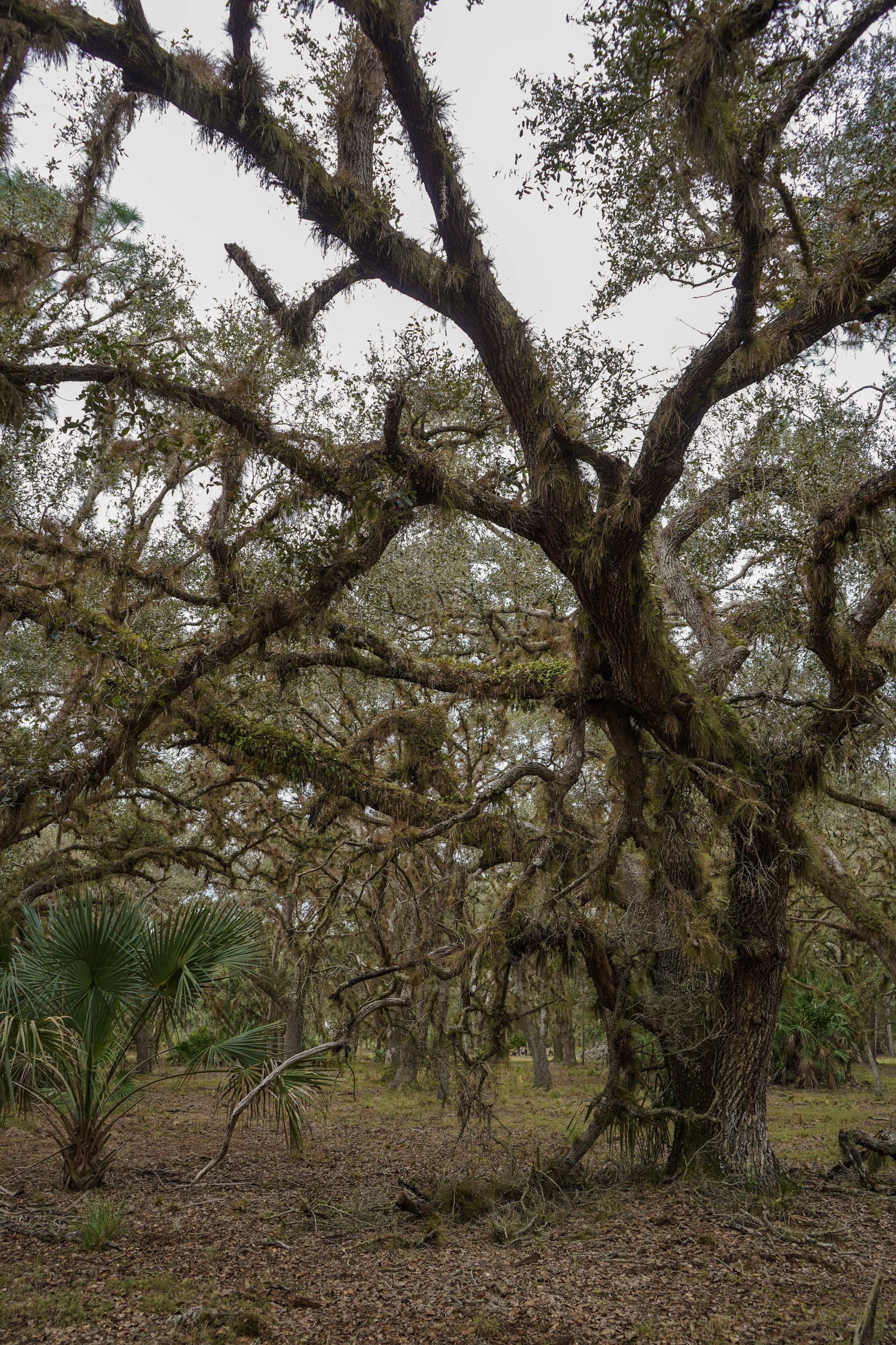
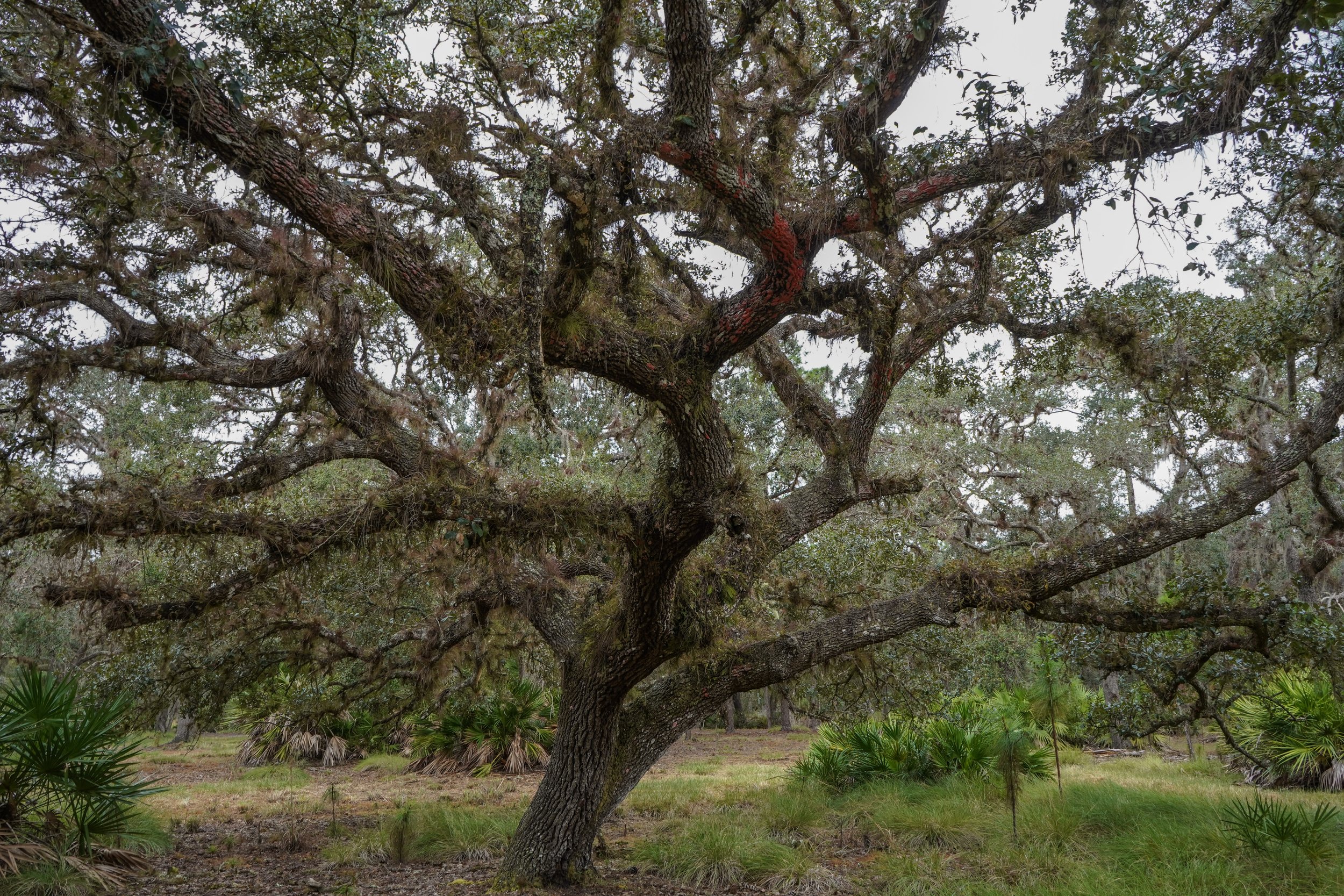
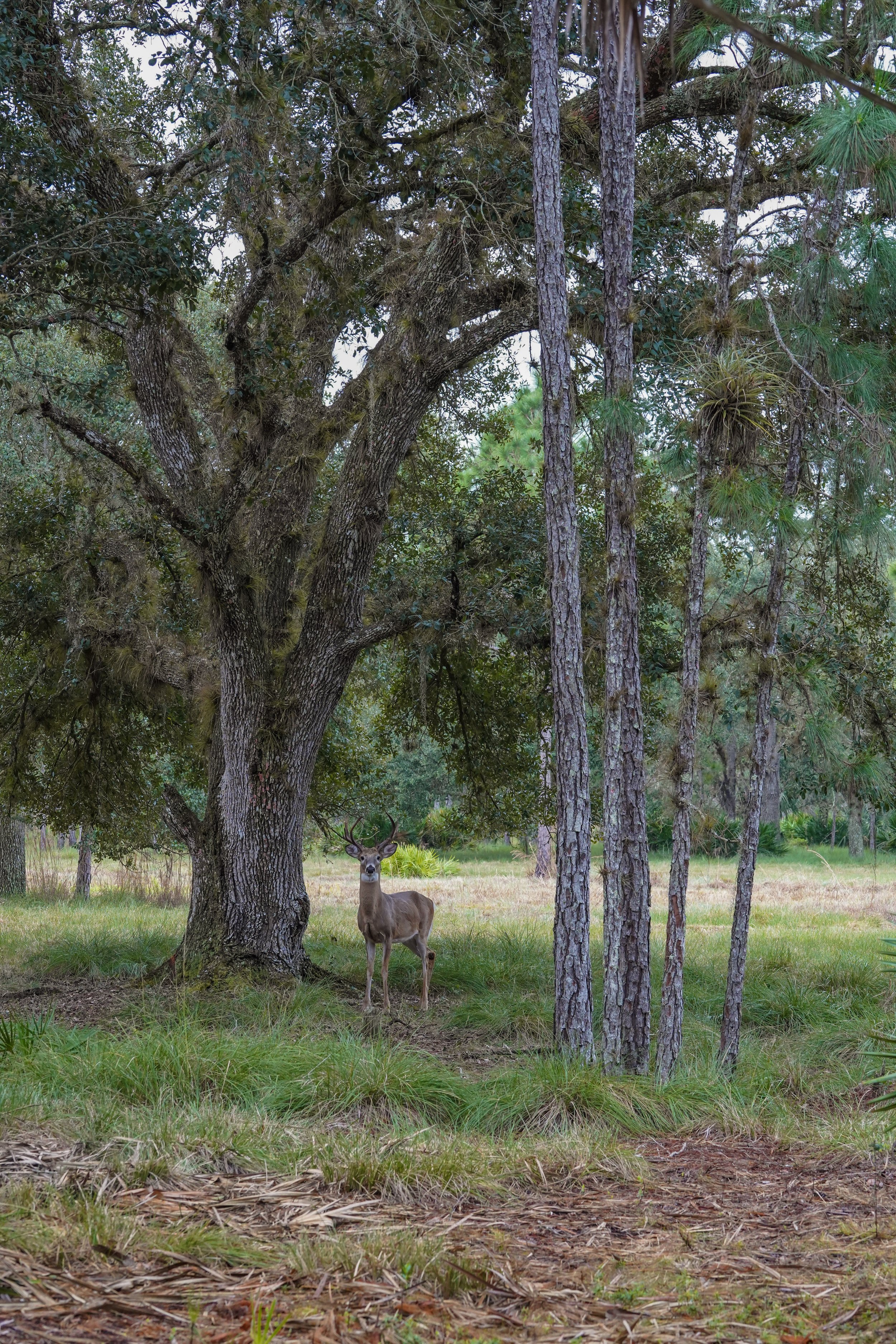

“This new easement pieces together a series of critical lands in the Everglades Headwaters,” said Archbold Director of Conservation Joshua Daskin. “The region is broadly important as the source area for water flow into Lake Okeechobee and much of the Everglades.”
This interconnected landscape not only enhances wildlife habitat, ensuring the health of the Florida Everglades ecosystem, but it also provides surface water and groundwater protection. The conservation of the Lightsey Family Ranch property also protects Fisheating Creek, a longtime conservation focus area, and will boost water quality throughout the region.
The protection of the Lightsey Family Ranch property extends far beyond its 1,285-acres, working to create a network of protected lands within the Florida Wildlife Corridor.
About Conservation Florida
Conservation Florida is a statewide accredited land conservancy working to conserve Florida’s water, wildlife, wild places, and protect the Florida Wildlife Corridor. The organization’s conservation projects support Florida’s native plants and wildlife, fresh water, wildlife corridors, family farms and ranches, the economy, and nature-based recreation. Since its founding in 1999, Conservation Florida has prioritized strategic and evidence-based land protection and has saved more than 35,000 acres of critical habitat.



